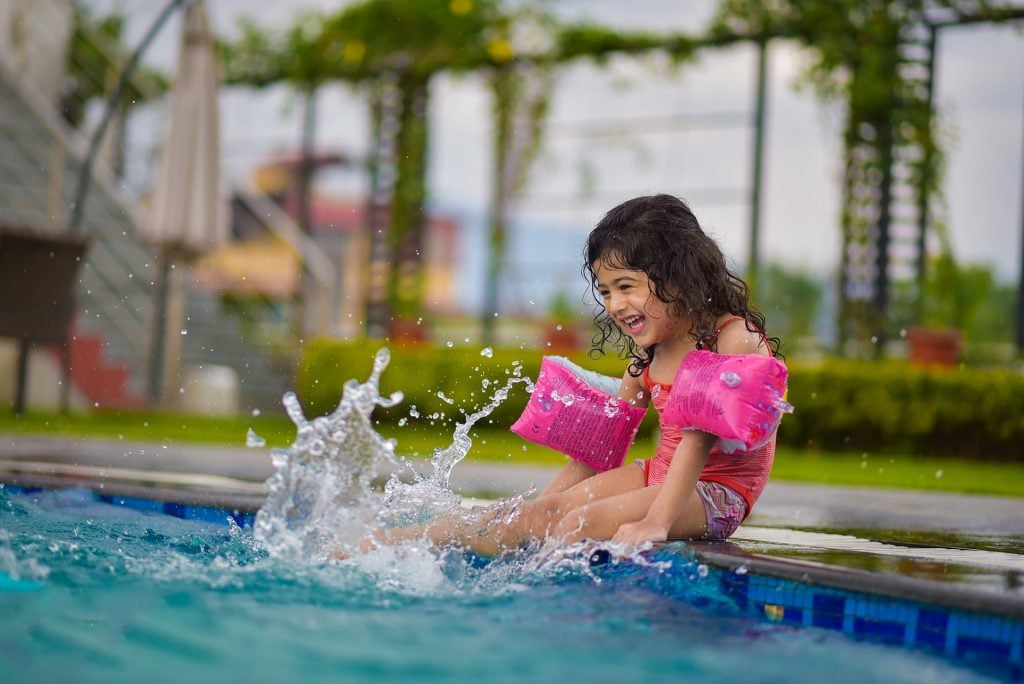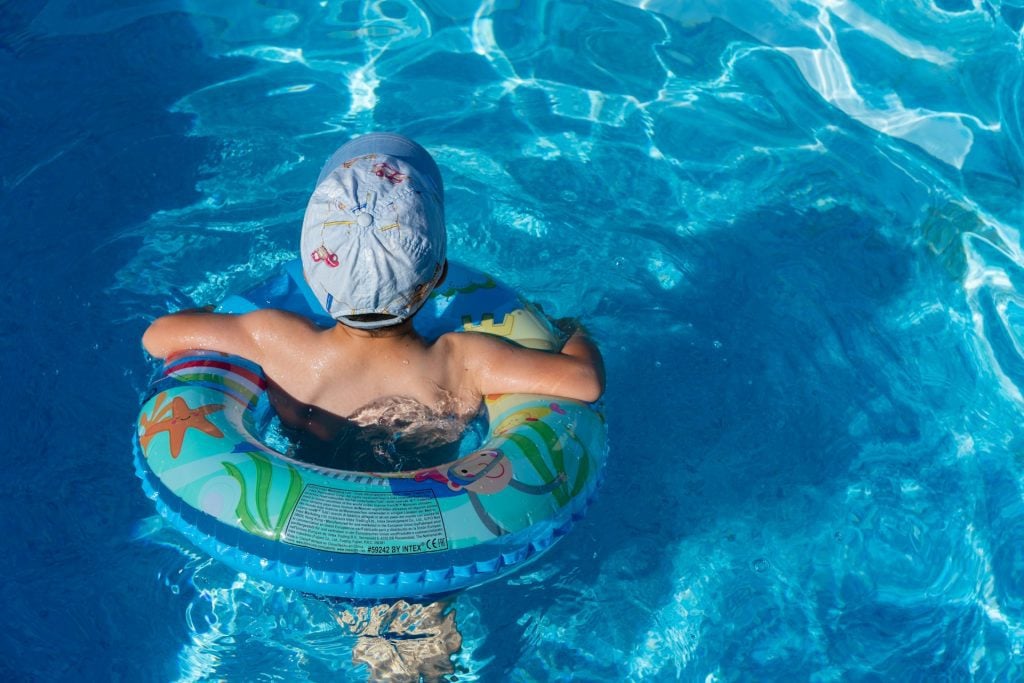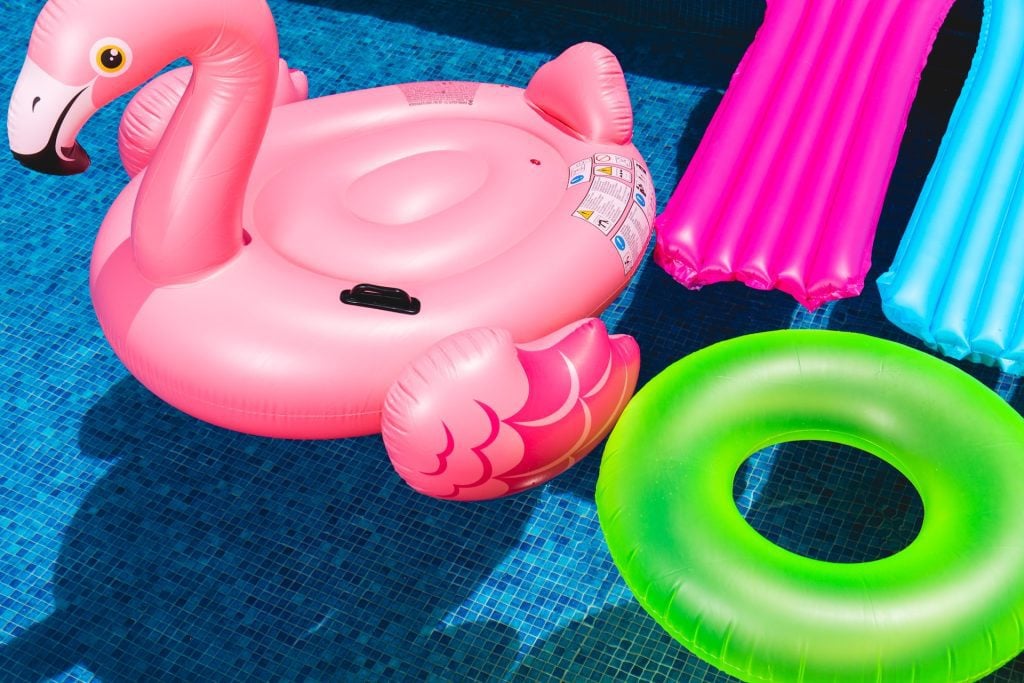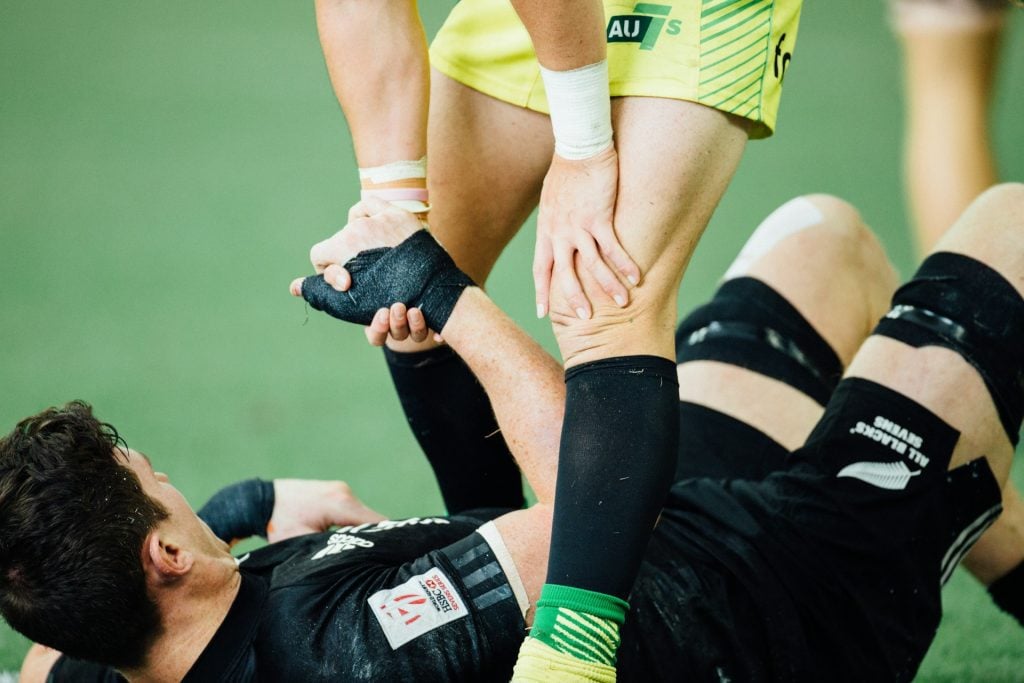Community pools are great fun, but they can be busy and a bit chaotic. Knowing how to keep yourself and others safe is super important.
In this blog, we're going to share 11 top tips for staying safe at your local public pool.
From understanding the rules to keeping an eye on the little ones, these tips will help you enjoy your pool time without any worries. So, grab your sunscreen, and let's get started!
Understanding and Respecting Pool Rules

When you first get to the pool, you'll probably see a bunch of signs with rules on them. These aren't just suggestions; they're super important for keeping everyone safe.
So, what are some common rules?
- There's usually a “No Running” sign. Pools can get slippery, and running around is a quick way to take a nasty fall.
- Then, you might see a “No Diving” sign in shallow areas. Diving into shallow water can be really dangerous, so always check the depth before taking the plunge.
- Some pools have rules about not bringing in floaties or toys. This is because they can get in the way of swimmers or even block a lifeguard's view in an emergency.
- Not eat or drink near the water. Spills can make the area slippery, and nobody wants to swim in a pool with crumbs and sticky stuff floating around!
Following these rules isn't just about avoiding a telling-off from the lifeguard. It's about keeping swimmers and everyone else at the pool safe.
Supervision of Children and Non-Swimmers

Ensuring constant supervision of children and non-swimmers is crucial at any pool. They are the most vulnerable and need extra attention to keep them safe. It's not just about watching them occasionally; it means keeping an eye on them at all times.
Implementing a Buddy System
One effective way to monitor them is by implementing a buddy system. Pairing up a non-swimmer with a responsible swimmer can be a great way to ensure someone is always looking out for them. Of course, this doesn’t replace adult supervision, but it adds an extra layer of safety.
Stay Within Arm's Reach
For younger children, it's recommended that they stay within arm's reach. This means an adult should be in the water with them, close enough to react immediately if something goes wrong. Floatation devices can be helpful, but they're not a substitute for supervision.
Have Designated Areas for Non-Swimmers
This ensures they are swimming in shallow areas where they can stand easily and are more visible to lifeguards and supervising adults.
Remember, accidents can happen quickly and without much noise. Keeping a constant and attentive watch over children and non-swimmers is the best way to prevent these accidents and ensure a safe and enjoyable time at the pool.
Importance of Swimming Lessons

Swimming lessons are a game-changer when it comes to pool safety. They're not just for kids; adults can benefit hugely from them too.
Starting swimming lessons at a young age is a great idea. It helps children become comfortable in the water and learn essential safety skills. But it's never too late to start.
Adult swimming classes are becoming more popular and are tailored to different skill levels. Whether it's overcoming a fear of water or refining swimming strokes, these lessons can provide valuable skills and confidence.
Moreover, proficiency in swimming doesn't just mean being able to swim from one end of the pool to the other. It includes understanding how to breathe properly, how to float, and how to conserve energy in the water. These skills are crucial in preventing exhaustion and panic, especially in unexpected situations.
Moreover, swimming lessons often cover important safety knowledge like understanding water currents and how to react in emergencies. This knowledge is invaluable, not just for personal safety but also for helping others in distress.
The Role of Lifeguards and Listening to Them

Lifeguards are the unsung heroes of public pools. Their primary role is to ensure everyone's safety by vigilantly watching over swimmers. This involves monitoring pool activities, enforcing rules, and being ready to respond to emergencies. Lifeguards are trained to spot trouble quickly, often before anyone else realizes something is wrong.
Paying attention to lifeguards is crucial. They're not there to spoil the fun; they're there to keep everyone safe. When a lifeguard blows their whistle or gives an instruction, it's important for everyone to listen and respond immediately. Whether it's a warning about rough play, a call to clear the pool, or instructions during an emergency, their guidance is based on keeping everyone out of harm's way.
Listening to lifeguards also means respecting their authority. Challenging their instructions or ignoring their warnings can put not just the individual, but everyone at the pool at risk. Lifeguards have a broad view of the pool and are trained to anticipate problems before they escalate.
Proper Hygiene Practices

Maintaining good hygiene at the pool is more important than many realize. It's not just about personal cleanliness; it's about keeping the pool safe and healthy for everyone. So, being a manager, supervisor or owner of the public pool, it’s important to convey these hygiene practices to swimmers and other users.
A key practice is showering before entering the pool. This simple step helps wash off sweat, lotions, and other substances that can contaminate the water. It's a small effort that makes a big difference in maintaining water quality.
Beyond showering, there are other hygiene practices to consider. Avoiding the pool when sick is crucial. Germs can easily spread in water, so swimming with a cold or stomach bug can put others at risk. Also, for parents with young children, ensuring kids take bathroom breaks and checking diapers regularly can prevent accidents in the pool.
Another tip is to avoid swallowing pool water. It might seem obvious, but it's common for swimmers, especially kids, to accidentally ingest water while playing. Encouraging everyone to keep their mouths closed while swimming can help reduce the risk of ingesting harmful germs.
Safe Diving and Jumping Practices
Diving and jumping into a pool can be a lot of fun, but it's crucial to do it safely. Safe diving starts with checking the depth of the water. Only dive in designated areas that are deep enough to prevent injuries. Typically, diving areas are clearly marked and separate from general swimming zones.
When diving, aim to enter the water at a slight angle, keeping the hands and arms extended above the head to protect it. Avoid diving from the side of the pool where water depth can be unpredictable. For jumping, the key is to jump straight out, not too close to the edge, to avoid hitting it.
Improper diving or jumping can lead to serious injuries, including head and spinal damage. It's a risk not worth taking. Always follow the pool's guidelines on where and how to dive or jump safely to ensure a fun and injury-free time in the water.
Awareness of Personal Health Conditions

Being aware of personal health conditions is essential for safe swimming. Conditions like seizures, heart problems, or even severe allergies can pose risks in the pool environment. It's important for individuals with such conditions to take extra precautions and, if necessary, discuss swimming with their healthcare provider.
For those with known health issues, wearing a medical alert bracelet while swimming is a good idea. This can provide vital information in case of an emergency. It's also wise to inform lifeguards or pool staff about any potential health concerns, so they can be better prepared to respond if something happens.
Swimming with a buddy is another precaution that can enhance safety. Having someone close by who understands your condition and knows what to do in case of an emergency can make a big difference. By being proactive and mindful of personal health conditions, swimmers can enjoy the pool while minimizing risks to their health.
Recognizing and Responding to Emergencies
In a pool setting, being able to recognize and respond to emergencies can make all the difference. Common emergencies include swimmers struggling to stay afloat, signs of drowning, or someone having a medical issue like a seizure or heart attack.
Recognizing trouble often starts with spotting unusual behaviors. A swimmer gasping for air, unable to call for help, or floating motionless are all warning signs. Children who suddenly go quiet or are found underwater also need immediate attention. It's important to stay alert and not assume that someone else will notice these signs.
When an emergency is spotted, the first step is to call for help. Alerting a lifeguard or dialing emergency services should be done without delay. If trained in rescue or first aid, providing immediate assistance is valuable, but only if it can be done safely. Otherwise, the best action is to wait for trained professionals.
Knowing these basic emergency response tips and the importance of quick action can save lives. Regularly refreshing knowledge in first aid and emergency response is also a great idea for regular pool goers.
Respecting Weather and Environmental Conditions

Weather plays a big role in pool safety. Understanding how different weather conditions affect the pool environment is key to ensuring everyone's safety. For instance, thunderstorms are a major concern. Lightning can be extremely dangerous near water, so it's crucial to clear the pool and seek shelter at the first sign of thunder or lightning.
On hot, sunny days, staying hydrated and taking regular breaks in the shade helps prevent heat exhaustion and sunburn. Sunscreen is a must to protect the skin from harmful UV rays. On the flip side, cooler weather means the pool water may be colder than usual, increasing the risk of hypothermia, especially in children and the elderly.
Wind can also be a factor, bringing debris into the pool and affecting water quality. In such cases, extra cleaning and monitoring of the pool's chemical balance are necessary. Make sure you use the best quality pool cleaners to keep the pool clean while respecting the environment.
Being aware of these weather and environmental factors and knowing how to respond keeps the pool a safe and enjoyable place for everyone, regardless of the weather.
Conclusion
Pool safety is a shared responsibility. By understanding and implementing these 11 tips, from respecting pool rules and lifeguards to being aware of personal health and weather conditions, we can all contribute to a safer, more enjoyable pool experience. Let's dive into fun with safety as our priority!

